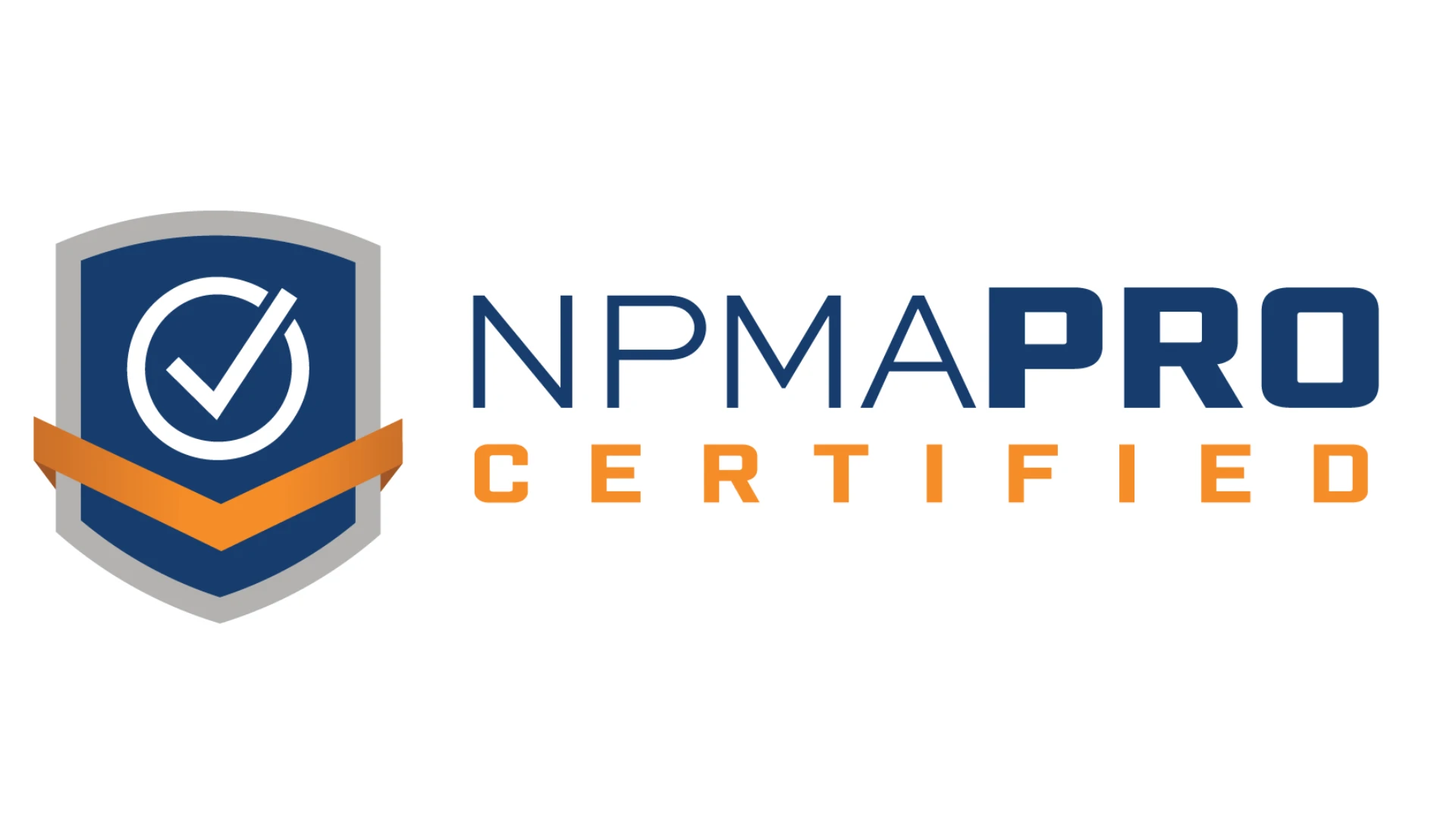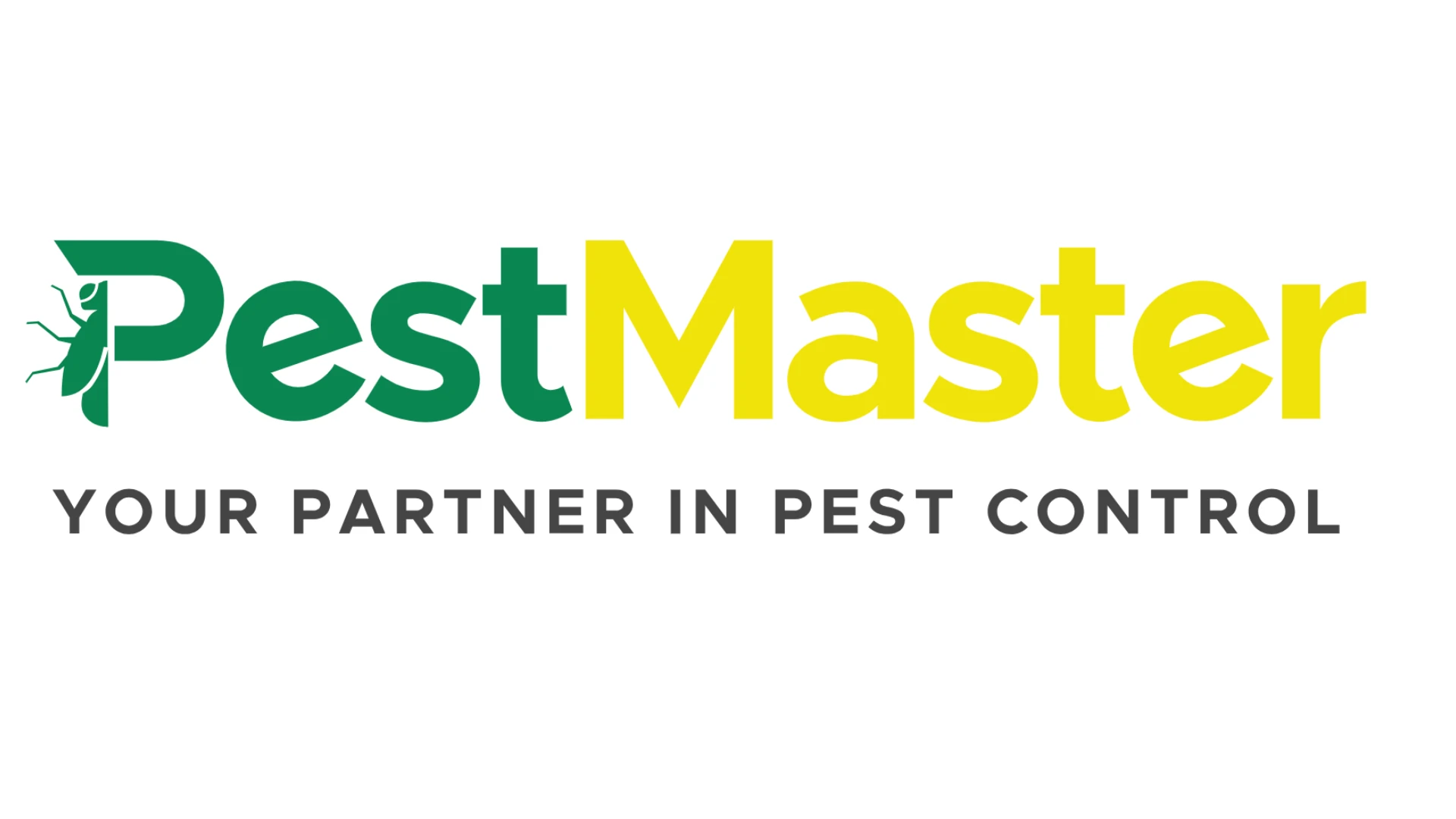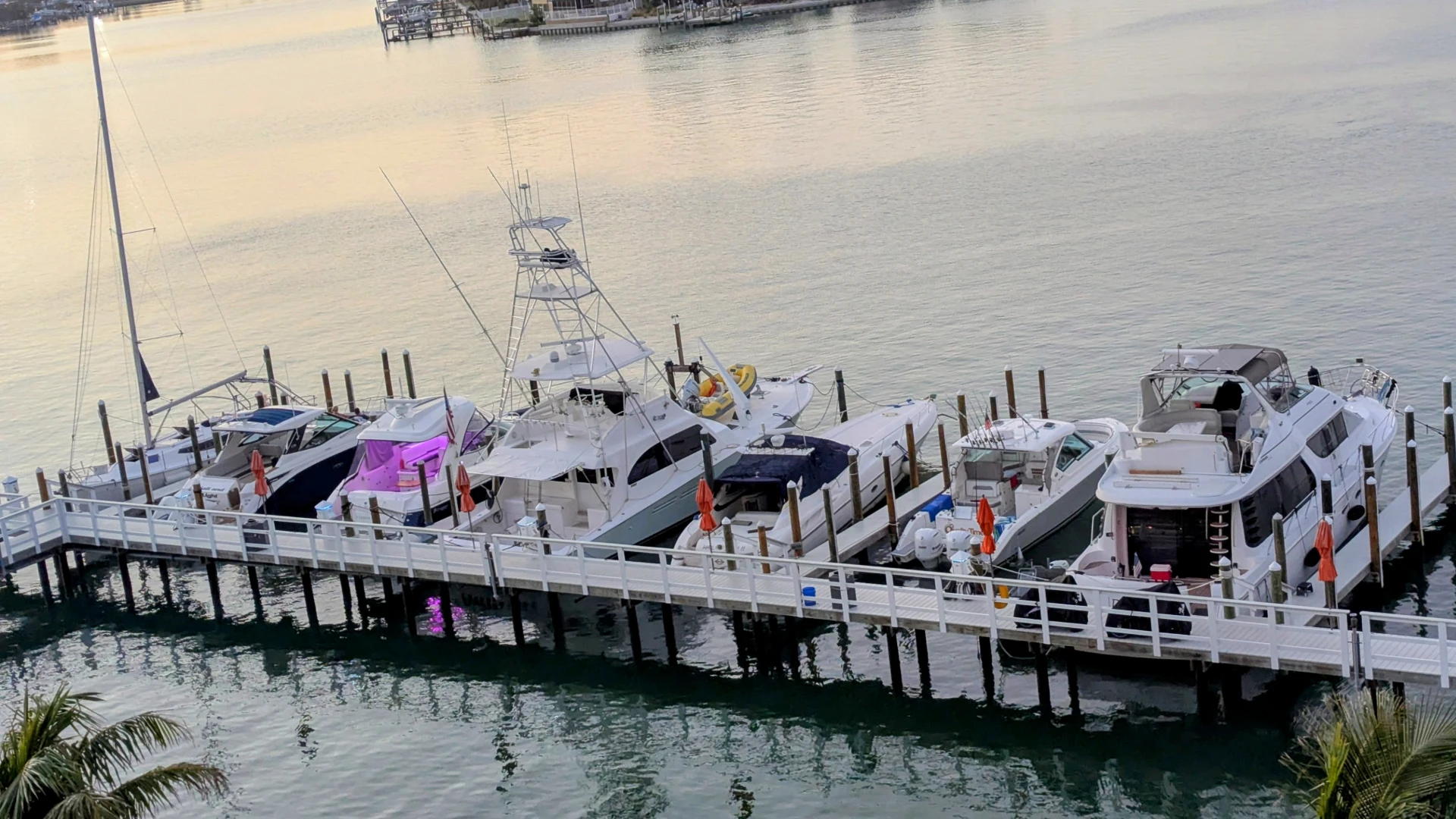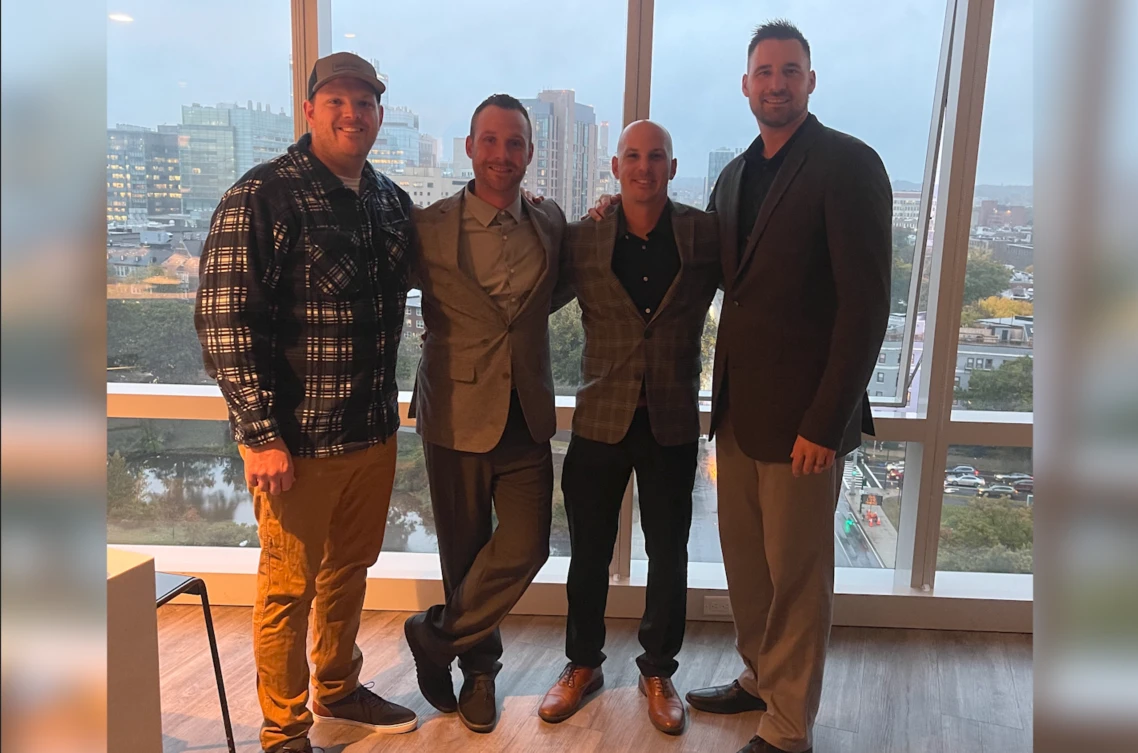In my column last month about full termiticide treatments, I stated, "…labels have undergone very little modification in post-construction language." I must apologize to the termiticide manufacturers, because I did not do more in-depth research prior to making this comment.
In January, in preparation for a series of talks at the University of Maryland’s Interstate Conference on "Termiticide Techniques — Back to Basics" I reviewed three termiticide labels: Dragnet, Premise and Termidor (the liquid products I believe to be the most widely used in the industry today). The objectives of the presentation were to review labeling changes and to calculate the amount of termiticide that would be required for a FULL label post-construction treatment.
To my pleasant surprise and despite the lack of a U.S. Environmental Protection Agency mandate in PR Notice 96-7, manufacturers had taken the initiative to make some of their post-construction treatment language mandatory. Some of the mandatory statements are:
"To provide maximum control and protection against termite infestation apply the specified volume of the finished water emulsion and active ingredient as set forth in the directions for use section of this label. Use a 0.5% emulsion for post-construction treatment."
"For applications made after the final grade is installed, the applicator must trench and rod into the trench or trench along the foundation walls and around pillars and other foundation elements, at either 0.06% or 0.125%…from grade to the top of the footing. When the footing is more than four (4) feet below grade, the applicator must trench and rod into the trench or trench along the foundation walls…to a maximum depth of four feet."
"Treat all existing cracks and cold, construction or expansion joints. Also, treat around bath traps, plumbing and utility services which penetrate the slab."
"Drill and treat voids in multiple masonry elements of the structure extending from the structure to the soil in order to create a continuous treatment barrier in the area to be treated."
AN EXAMPLE. The diagram at left depicts a simple structure with an ongoing termite problem and a homeowner who wants a complete liquid treatment. Using the label information above and the universal rates of application listed on every termiticide label, calculate the total amount of termiticide needed to treat this structure.
Notes:
• Interior footings — one (1) foot deep
• Exterior footings — two (2) feet deep
• Soil treatment — 4 gallons per 10 linear feet per foot of depth
• Hollow block void treatment — 2 gallons per 10 linear feet
By most of today’s housing standards this home would be a modest-sized structure, i.e., 1,400 square feet for the first floor. Thus, it becomes obvious that full treatments of larger footprint structures with full basements could require substantially more liquid termiticide.
In the northeast part of the country, it interests me more that the largest termite rigs typically seen on the road are no larger than 50 to 100 gallons and to do this job would require eight to four refills respectively. So if we as an industry are not doing full label treatments what are we doing? My personal belief is that anything we do short of a full treatment is a "spot treatment." Do spot treatments stop termite infestations? No doubt they can, but so can turning over the soil around the foundation every year, flooding the soil with water and any other "treatment or activity" that disrupts termite activity. The question is how long will it last — days, weeks, months or years?
There are several reasons spot treatments have become the norm:
• Cost of doing business.
• Customer price threshold.
• Too much chemical is needed.
• Drilling and treating inside is labor intensive and messy.
• There are conditions preventing it.
But what is the customer expecting?
• Full treatment in accordance with industry standards. (I know there are none until you go to court.)
• No more termites.
• No more damage.
Some things to think about when you do a spot treatment:
• Was this disclosed to the customer and do they understand the limitations?
• Consider those aerial colonies created by conducive conditions and/or repellent barrier treatments. The colony workers have no need to return to the soil and thus would never contact non-repellent termiticides and exterior bait stations. So the unabated infestation continues with its commensurate damage.
• Can you afford to rebuild someone’s home? Litigation with regard to termite treatments and property damage is increasing and we are continuing to see reference in plaintiff’s expert witness reports and depositions to standards of the industry and/or standards of care.
Considering the label statements mentioned previously, is a "spot treatment" a breach of the industry standard of care and/or negligent? Think about it!
The author is technical director of American Pest Management, Takoma Park, Md. He can be reached at 301/891-2600 or via e-mail at rkramer@pctonline.com.

Explore the March 2004 Issue
Check out more from this issue and find your next story to read.
Latest from Pest Control Technology
- Scorpion Launches Capacity Marketing Engine
- Petti Pest Control Owners Reflect on Finding Success as a Father-Son Duo
- Effective Mitigation of Crow Infestations
- Mosquito Control: Spraying vs. IPM
- Terminix Service's Leaders Inducted into South Carolina Business Hall of Fame
- Christner on Colorado's Preemption Roll Back on Business Growth
- How to Get Rid of Odorous House Ants
- Massey Services Promotes Herndon to Director of Sales for Multi-Family Division







